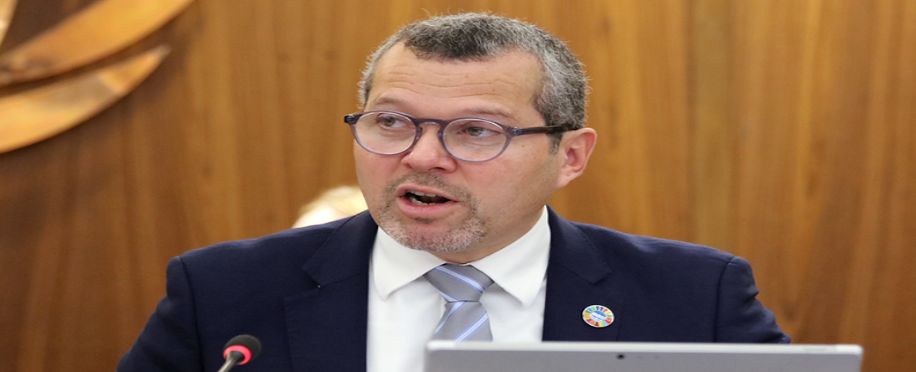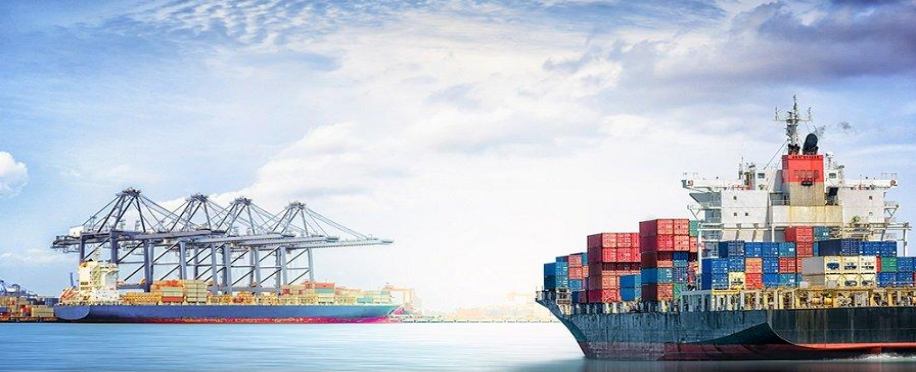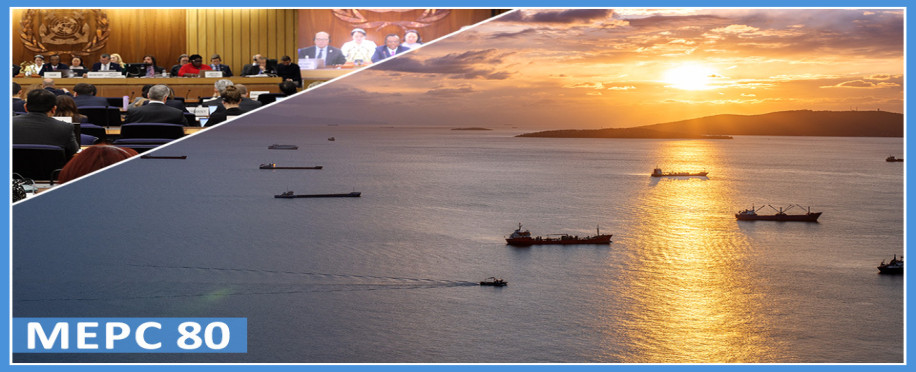Norwegian Test Centre Advances Floating Wind Turbine Innovation as Global Energy Demand Rises
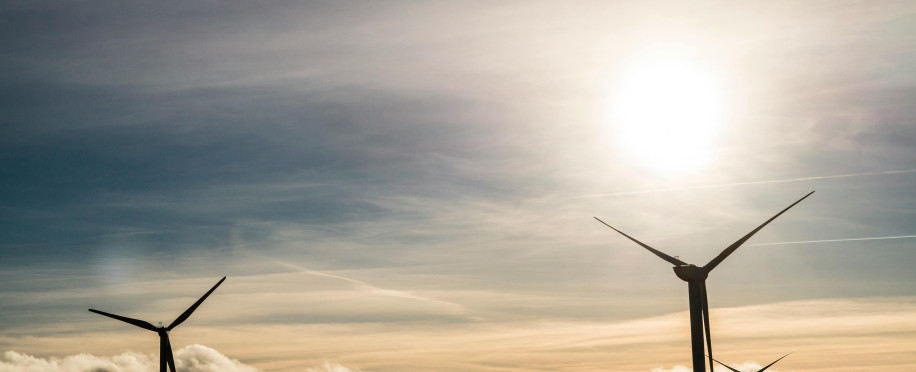
Posted on Oct 14, 2024 at 09:10 PM
The Norwegian Marine Energy Test Centre (METCentre) is spearheading a critical initiative in the advancement of floating wind turbine technology, positioning itself as the world’s only large-scale testing facility.
With three businesses joining forces to demonstrate these innovative turbines, the centre aims to reduce costs and push offshore renewable energy into its next phase.
As floating technology becomes essential for regions like Norway, Japan, and the US, METCentre’s projects are set to transform the future of global wind power generation.
Floating Wind Technology's Evolution
Utilising the energy potential of these sites requires floating installations due to the topography of the seabed and the depth of the water. Only a few cutting-edge locations have used the technology, though, and it is still quite expensive.
METCentre, located off Norway's west coast, is hosting two ongoing projects: the 2.3 MW Hywind prototype and the 3.6 MW Siemens Gamesa turbine as part of the TetraSpar platform.
Additionally, Norway has granted permission to add four more test sites to its existing test area, requiring turbines with a capacity of at least 15 MW to be demonstrated. However, details were withheld due to Norway's ENOVA state-sponsored programme still accepting financing applications for upcoming test projects.
Chief executive of METCentre and Norwegian Wind Offshore, a trade association to promote the growth of the wind supply chain, Arvid Nesse, stated, “This is very good news for innovation in floating offshore wind.” “We are the only place in the world ready with permits to test projects of this capacity. If we are to get floating wind offshore started in Norway without further delays, it must begin at METCentre.”
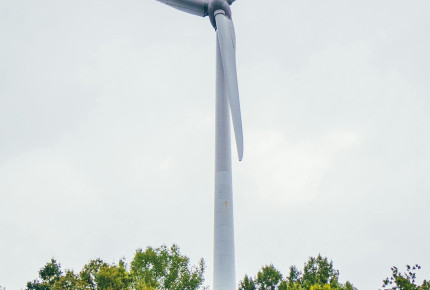
Wind Turbine Initiative: A Vision
Nesse emphasises that the objective is to learn vital information from the building and operation of these massive wind turbines. They think this will assist the industry in realising significant cost reductions and help Norway become a leader in the field.
The fact that the test site is in the Utsira Nord region—which the Norwegian government has identified as one of the nation's first offshore wind sites—is also highlighted. While Norway held a fixed-bottom site auction, the Utsira Nord tender was postponed until 2025. It is anticipated that the tender's details will be released soon.
Furthermore, the Norwegian government has allocated $3.3 billion in subsidies until 2025 to support the development of floating wind technology, and to allocate 30 GW of offshore wind power output by 2040 to heavily rely on floating wind.
A consultation on a proposed offshore wind subsidy scheme found the government's assumptions for future power prices and costs unrealistic. The government estimated subsidies at 1.42 crowns/kWh. Recent British offshore wind farm awards, equivalent to 2.7 crowns per kWh, serve as a benchmark for other projects.
In a nutshell, METCentre's projects are expected to significantly contribute to innovation, cost reduction, and the future of renewable energy in Norway and beyond as the floating offshore wind sector evolves.
Read more news:
